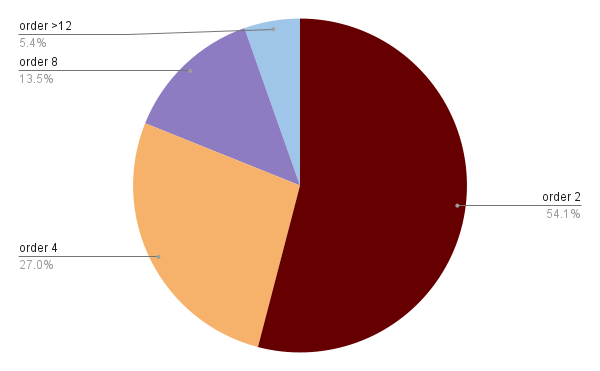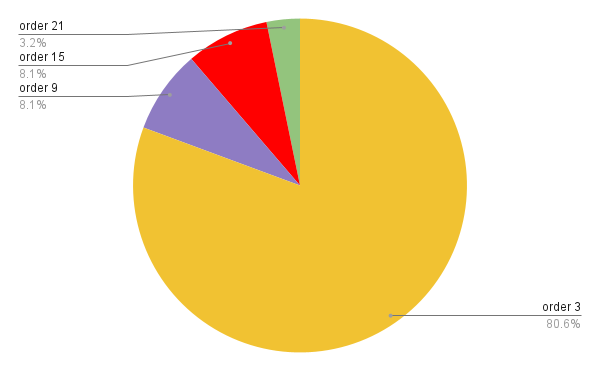Harmonics is one of the vital concepts of a power system as it affects the power quality and the functioning of the equipment. High levels of harmonics can lead to overheating of components resulting in the shortened life of the equipment. The presence of harmonics distorts the pure sinusoidal wave coming from an ideal power source.
Harmonic distortion disrupts a company’s production and business. Some of how harmonic distortion affects business are
Harmonics are created by components with nonlinear loads which take in current in abrupt short pulses. These pulses cause distorted current waves which in turn cause those harmonic currents to flow into other parts of the power system.
The presence of harmonics degrades the level of power quality and its efficiency in industries. Most of the companies have an electrical system that can withstand up to 15% non-linear loads without concern.
If the non-linear loads exceed above 15%, they may lead to the development of harmonic distortions having negative consequences. So, it is important to keep track of the harmonic levels to make sure that they are exceeding the tolerable limits
Thus, a harmonic study and analysis helps to keep insight into the potential risks and causes which can help in avoiding harmonic-related problems at the design stage and reduce the possibility of undesired effects happenings.
Even though the possibility of harmonic problems is narrow, a timely harmonic analysis must be done to ensure the harmonics are at tolerable levels. The steps in harmonic levels include
Compatibility levels for harmonic voltages in Australia
For even harmonics

For odd harmonics multiple of 3

The figures show the permissible harmonic distortion levels according to the Australian standard AS/NZS61000.3.6.This standard allows the company to record the harmonic levels before and after a new connection is made.
Care Labs is an authorized provider of harmonic study and analysis. Experienced professionals are allowed to have clear and safe analyses to identify potential harmonic levels and can help in maintaining the harmonics at tolerable levels without causing problems in the future.
Australian standard AS/NZS 61000.3.6 covers the harmonics due to large installations. This standard assesses the systems in two stages.
Stage 1 includes a conservative quick assessment on the ratio of converter rating to the fault level at the PCC. Stage 2 includes measurements of existing or background harmonics.
Care Labs have their crew members deployed in various locations, so our specialists are nearby in case of a routine or emergency. In a very short period, Care Labs have been established as an ISO 9001:2008 certified organization and have acquired a reputed client base with excellent feedbacks.
Care Labs offer harmonic study and analysis services in all the major cities of Queensland, New South Wales, South Australia, Victoria, Tasmania, and Western Australia.
From fault analysis to electrical safety compliance, we have the right solution for you at Care Labs.